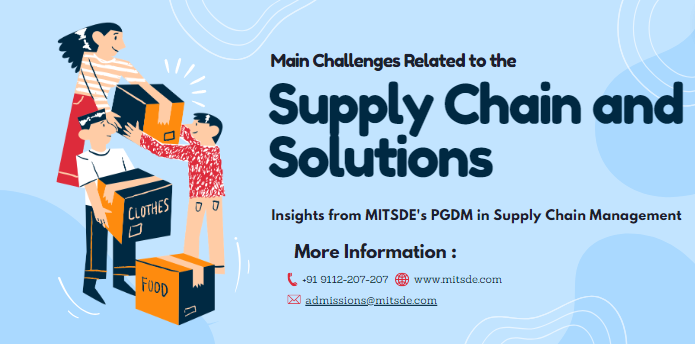The emergence of the E-commerce sector has added a new dimension to how customers shop for any product or service.
Many prefer online shopping over physical stores. The E-commerce sector is booming and is casting a wider net in every nook and corner of the world.
E-comm giants such as Amazon, Flipkart, Myntra, IndiaMart, and Meesho, have gained popularity & a boost, especially during the pandemic. Thereby making them a preferred shopping destination.
While these conglomerates are working on building a sustainable and efficient supply chain & logistics ecosystem, they also focus on an important customer touchpoint – Reverse Logistics.
Reverse logistics is defined as that part of supply chain management that focuses on the movement of goods from the customers to the seller.
Amazon’s 30-day return policy is an example of it.
Reverse logistics is not just limited to e-commerce but also extends to the brick & mortar stores, where customers return the product to the store.
In 2021, research states that approximately, $761 billion worth of merchandise was returned.
Before we delve deeper into the impacts of reverse logistics on the company & society, let’s take a look at the type of reverse logistics –
- Planned logistics – This is where the companies urge the customers to return the packaging or the used products to be recycled. An example of this can be bottled water bottles or cloth bags. The companies even install waste bruins to throw away the trash that can be recycled or upcycled.
- On-demand – This is the classic case of the customers returning the product if they find it faulty, not as per specifications, or due to any other issues with the goods.
The reasons for reverse logistics can be –
- Faulty or broken products
- Products are not as per specifications
- Products unable to reach the customer due to wrong address or customer not being at home
- Damaged product or missing any part/s
- Refurbishment or recycling of used or old products
- Repairs & maintenance
- Unsold products are returned by retailers to the wholesalers or the manufacturer.
Reverse logistics is crucial from the organization’s point of view because it becomes a critical touchpoint for customer satisfaction. A prompt and efficient return policy elevates customer satisfaction. Besides customer satisfaction, reverse logistics is of the essence for companies to practice sustainable and green logistics & supply chain management.
According to Gartner, about 70% of businesses plan to invest in the ‘circular economy.’
Circular economy is a concept wherein the aim of the industry is to generate waste that can be reused, recycled, or repurposed. It is a system that does not produce any waste that is considered pollution-causing waste.
Optimization and efficiency of reverse logistics benefit the company in the long run.
The benefits are;
- Transparency & promptness leads to customer satisfaction and retention.
- Wastage reduction
- Boosting sustainability & green logistics
- Cost reduction due to repurposing the products or refurbishment
- Enhanced brand image
- Government benefits
- Tracking of issues in the products becomes easy and can be worked upon to resolve them
However, just like any process, it too has its share of disadvantages like;
- Applying reverse logistics in a traditional supply chain becomes difficult and may cause a bottleneck. Hence logistics strategy needs to be developed to handle the reverse flow of products.
- It is a costly affair to track the returns and many times, companies bear the cost of shipping for returns.
- Damaged or broken products that need to be discarded increase the landfills.
- The unsold goods need to be maintained, thereby increasing the costs and the need for storage space.
- The inefficiency of suppliers or distribution centres can hamper the returns experience, thus, making customers unhappy with the services and leading to higher chances of loss of customers.
Reverse logistics is a critical part of the logistics & supply chain management of any company. It has the power to enhance customer experience or ruin the reputation of the organization. Hence the supply chain strategy plays a vital role.
One must therefore possess the required knowledge and skills to create efficient, viable, and rewarding strategies.
MIT School of Distance Education (MITSDE) understands the current skills gap in the market and strives hard to reduce it. Hence, MITSDE brings you PGDM in Logistics & Supply Chain Management.
The course covers the basics of Supply Chain Management (SCM), analytical software to minimize risk and optimize profits, people management skills for negotiation, working with a diverse group and ethical decision making, managerial, communication, coordination, organizational, and execution skills.

